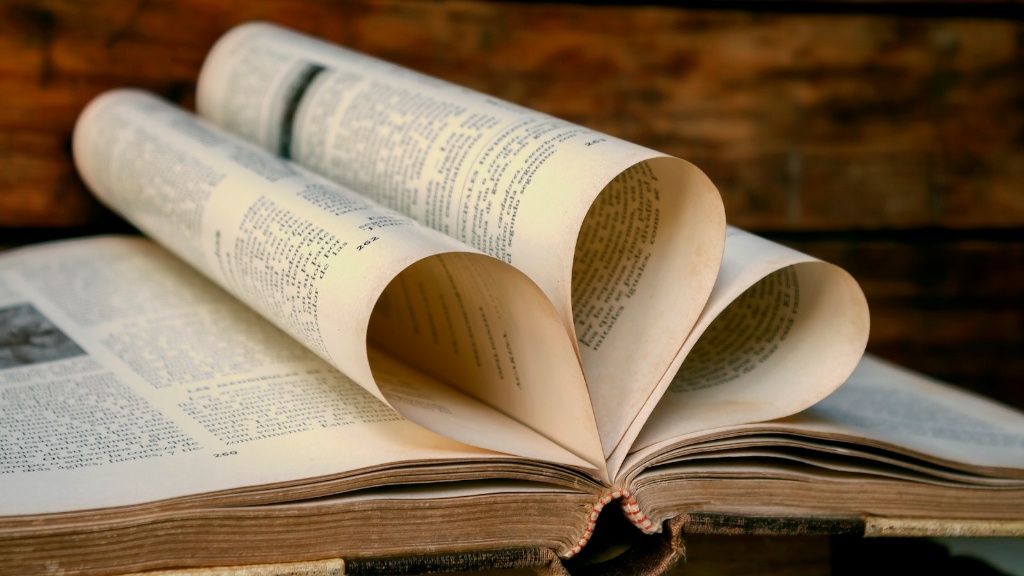Writing an essay on poetry analysis is no easy feat. It requires both a deep understanding of the poem, as well as critical and creative thinking abilities. In order to write a successful essay on poetry analysis, students must first understand the different poetic forms and the basics of poetic structure. Additionally, it’s important for the student to sketch out the poem’s themes and ideas and look for patterns between words, phrases, and scenes which are mentioned throughout the poem. Once the poem is dissected and analyzed, the student should formulate a thesis statement that communicates their understanding of the poem. Finally, evidence and supporting material must be provided to engage and educate the reader.
Understand the Different Poetic Forms
To analyze a poem effectively, one must first have an understanding of the various poetic forms and their characteristics. Metrical verse, for example, is composed of lines that contain a fixed number of syllables and a specific meter often based on a pattern of stressed and unstressed syllables. Moreover, the structure of a heroic couplet could easily differ from a Shakespearean sonnet and even more from a haiku. As such, the student must be able to identify the type of poem (i.e lyrical, narrative, didactic) and its form (i.e sonnet, ode, epigram, etc) so as to position their argument in relation to the theme, structure and intent of the poem.
Analyze the Poem’s Meaning
The essence of a poem can be discerned in the form of its structure but only when it is understood can its meaning be fully comprehended. To that end, it is important to understand what the poem is saying, why it is saying it, and who it is ultimately speaking to. The student should pay full attention to the process of analysis as pursuing one topic too deep can cause the student to lose sight of the overall message. Additionally, the student must be attentive to any allusions, metaphors, and ironies, that may be present as these often add a deeper level of meaning.
Formulate the Thesis Statement
After the thorough analysis of the poem is complete, the student should formulate their thesis statement. This should be based on the findings after examining the poem’s structure and its meaning within the context of the poet and his/her time. Furthermore, it is important to note that the thesis statement will be shaped by the type or form of the poem and can range from making connotations to interpretations of abstract ideas.
Provide Evidence and Supporting Material
In order to effectively engage and educate the reader, the student should provide evidence and supporting material to the thesis statement. Evidence could come in the form of excerpts, a diagram, or research material. It is important to note, however, that is it vital to use evidence wisely as too much can cause the essay to become repetitive. Additionally, one should be sure to properly cite all sources.
Write in an Active Voice
One of the key elements to writing an effective essay on poetry analysis is to use the active voice whenever possible. The active voice is more direct and concise than the passive voice and can bring a clarity of expression. Furthermore, it adds a sense of immediacy and poignancy to the writing, thus engaging the reader on an emotional level.
Include Advanced Grammatical Structures
Writing in a sophisticated manner can go a long way when it comes to writing an essay on poetry analysis. As such, the use of advanced grammatical structures such as phrases and clauses within sentences can add a layer of complexity that can elicit a deeper understanding of the poem. Such complexities can range from the use of gerund phrases to subordinate clauses.
Analyzing the Figurative Language
Poetry often contains figurative language which conveys multiple layers of meanings. To that end, analyzing the figurative language used by the poet is a must when writing an essay on poetry analysis. Similes, metaphors, hyperboles and other figures of speech can provide unique insights into the poet’s thought process and the emotions they are attempting to convey. Such analysis requires a keen eye and a direct understanding of the poem’s structure and intent in order to ensure that the intended meaning is conveyed.
Analyzing the Imagery and Symbolism
Much like figurative language, imagery and symbolism can provide multiple layers of meaning. In terms of imagery, the student must pay attention to any words, concepts, or objects that are repeated throughout the poem. Furthermore, it is important to analyze the symbolism of the poem in order to uncover any hidden meaning and to craft an argument that is convincing and engaging.
Analyzing Historical and Social Influences
The context of the poem should always be taken into account when writing an essay on poetry analysis. The student must consider any and all historical, political and social events that were occurring during the time of the poem’s composition in order to deep understand the poet’s purpose. Such an analysis provides a crucial glimpse into the actual factors that influenced the poem’s structure, message and intent.
Analyzing Structural Elements
The student must focus on the various structural elements of the poetry analysis such as poetic form, stanza breaks, line breaks, meter, and rhythm. A deep analysis of how each of these elements interacts with the other can provide insights into the overall meaning and message of the poem. Additionally, such an analysis can reveal any intentional or unintentional deviations from the conventional and how these deviations alter the meaning of the poem.
Analyzing Word Choice
The language used by the poet can offer significant insight into the poem’s objectives. Analyzing the words used and their various connotations can shed light on the poet’s intent as certain words evokes certain emotions, responses and images. Additionally, by paying attention to the repetition of certain words and the connotations they possess, the student can apprise the poet’s overall goal.
Identifying Patterns
The student must identify any patterns or refrains present in the poem. Such patterns can include the use of rhyme, alliteration and assonance, as well as repetition of ideas, emotions, or images. These patterns can provide invaluable insight into the themes and messages of the poem, thus assisting the student in crafting an effective and meaningful argument.



